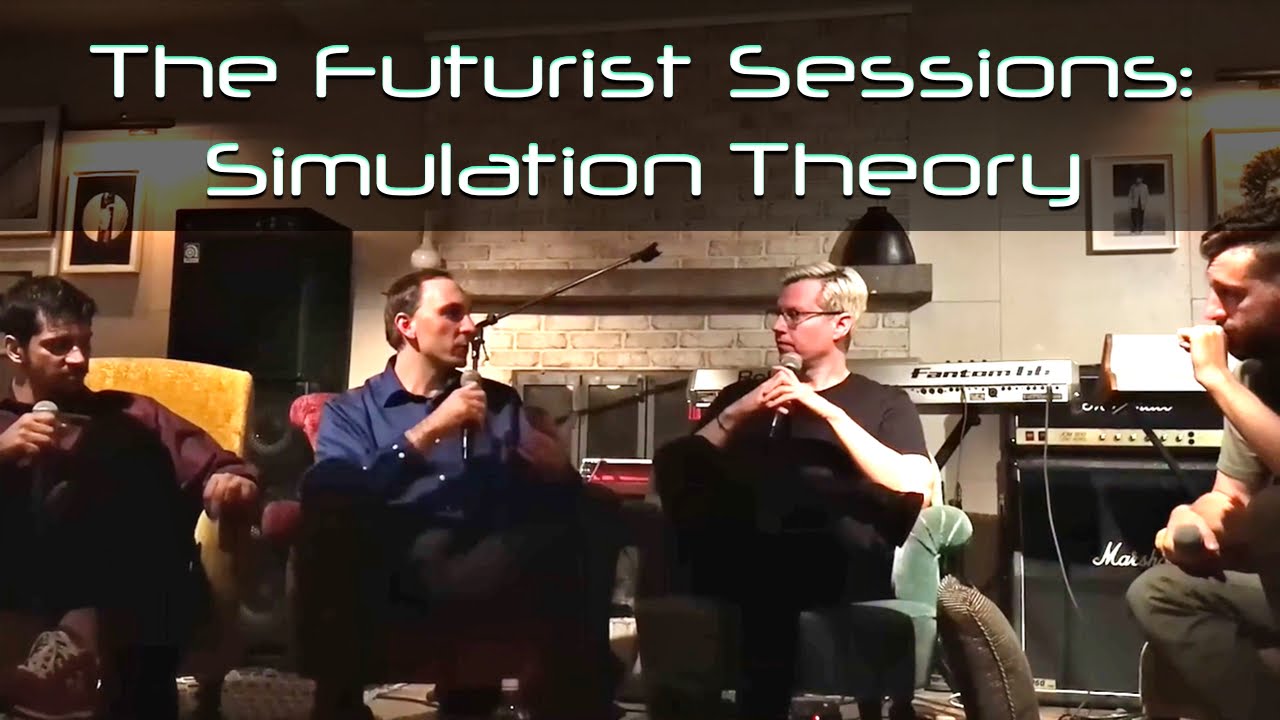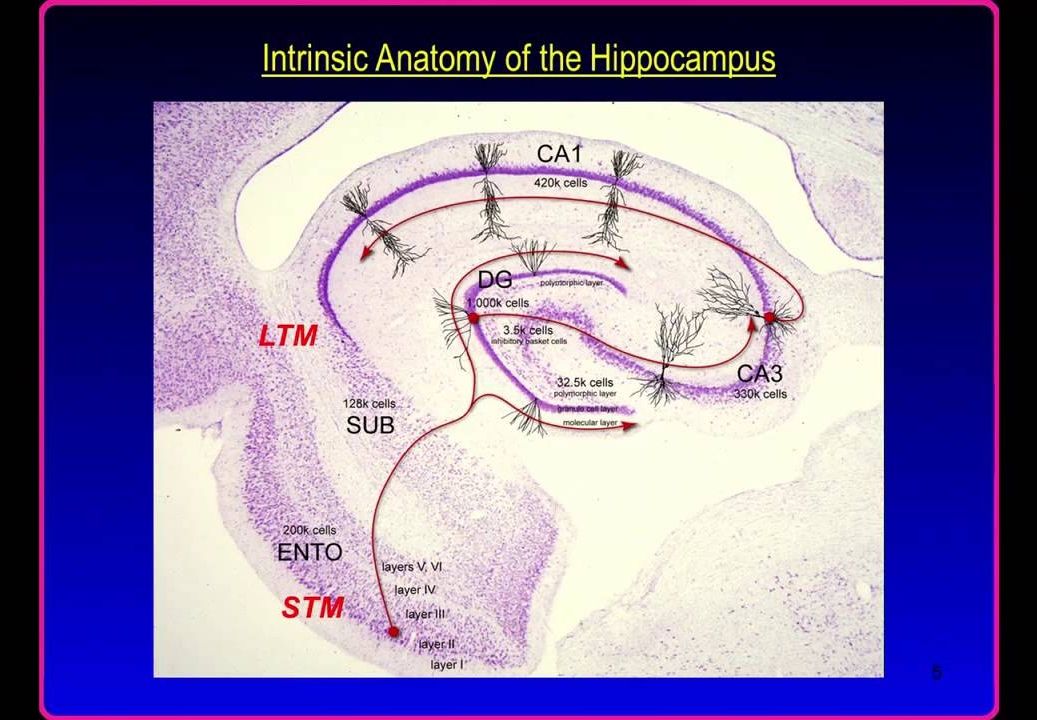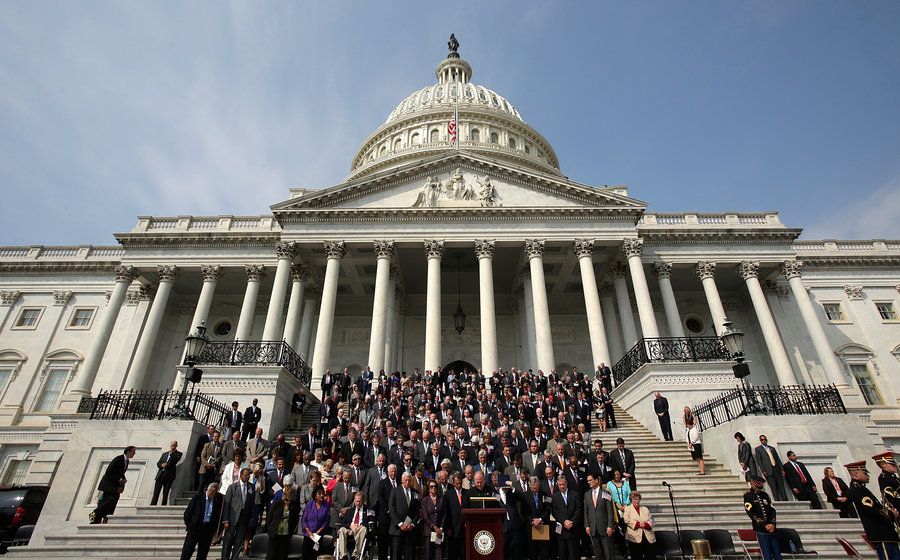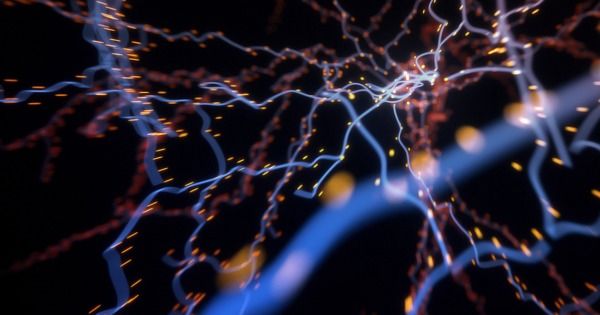
What’s the future of education? How will students learn differently? What will the schools of the future look like? We asked TED-Ed Innovative Educators to share their ideas. Their answers are provocative, contradictory — and make for great conversation starters. Welcome to the “Choose Your Own Adventure” future of learning.
There will be more creativity in education. “Because that’s what careers will require. Education will be not just taking in information and sharing it back, but also figuring out what to do with that information in the real world.” —Josefino Rivera, Jr., educator in Buenos Aires, Argentina.
The classroom will be one big makerspace. “Technology like Evernote, Google, and Siri will be standard and will change what teachers value and test for. Basically, if you can ask Siri to answer a question, then you will not be evaluated on that. Instead, learning will be project based. Students will be evaluated on critical-thinking and problem-solving skills. Literature and math will still be taught, but they will be taught differently. Math will be taught as a way of learning how to solve problems and puzzles. In literature, students will be asked what a story means to them. Instead of taking tests, students will show learning through creative projects. The role of teachers will be to guide students in the areas where they need guidance as innovators. How do you get kids to be innovative? You let them. You get out of their way.” —Nicholas Provenzano, educator in Michigan, United States.
Continue reading “What’s the future of education? Teachers respond” »

















